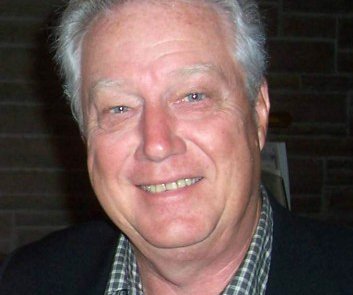Understanding spray water quality is a crucial first step for successful herbicide applications for farmers. Much of the water used for herbicide applications in Kansas is inherently “hard,” and the quality of water from some wells is decreasing as water resources decrease. This article will be a shortened version that will focus on the effects of water quality on herbicide efficacy, particularly in post-emergence applications. To see the full article, Google K-State Agronomy eUpdates. Three main factors affect water quality in Kansas – turbidity, pH, and hardness.
Turbidity is defined as the clarity of water and is mostly affected by larger particles suspended in the water, such as algae, clay, minerals, or organic matter. Poor turbidity is more likely to exist where surface waters such as ponds, streams, or rivers are the source of spray water. These suspended particles interact with many of our herbicides and can influence uptake by the plants, chemical changes at the site-of-action (SOA), and decrease the performance of sprayer equipment. Its effect is severe on cationic (positively charged) herbicides (paraquat and diquat) and herbicides with low soil mobility (glyphosate). If turbidity is an issue, chelating agents may be available for use in holding ponds or tanks prior to mixing in the spray tank.
Spray water pH is a measure of acidity or the presence of hydrogen ions. Pure water is neutral, having a pH of 7.0, whereas values below 7 are considered acidic, and values above 7 are basic. Kansas surface and subsurface water pH typically ranges from 6.5 to 8.5. Generally, pH values of spray water in Kansas do not have a large effect on the herbicides commonly applied. However, there are some exceptions.
Water hardness is one of the largest issues impacting herbicide applications in Kansas. Hardness is caused by the presence of positively charged minerals (cations) suspended in the water, particularly calcium (Ca), sodium (Na), magnesium (Mg), potassium (K), and iron (Fe). Because many of our herbicides, notably glyphosate and glufosinate, form weak acids (negatively charged) when mixed in water, cations can bind to herbicide molecules, thus changing how the herbicide is absorbed by the plants and altering its ability to bind at the site of action.
Water hardness can be classified into the following groups based on the total number of cations present expressed in parts per million (ppm): Soft = less than 75 ppm, moderately hard = 75 to 150 ppm, hard = 150 to 300 ppm, and very hard = greater than 300 ppm.
To combat hard water antagonism, water conditioners such as ammonium sulfate (AMS) are recommended with many of our post-emergence herbicides. When added to the water prior to the herbicide, AMS produces ammonium ions which bind to the herbicide and prevent other cations from interacting with it. Recommended rates of AMS range from 8.5 to 17 pounds per 100 gallons of spray water. North Dakota State University researchers developed a simple formula for calculating AMS needs based on the presence of cations in the water and their ability to interact with herbicides:
A handy Excel-based version of this formula can be found at the website: https://sprayers101.com/wp-content/uploads/2022/02/AMS-Calculator-Sprayers101-1.xlsx
Summary - water quality has a large impact on herbicide efficacy. As water resources decline, water quality can and does change over time. A proper water test is the best way to understand what characteristics are influencing our spray applications and how to mitigate those effects. K-State, as well as several commercial providers, can conduct water tests for a nominal charge.
During the summer of 2025, researchers at K-State will be collecting spray water samples from around the state to test for quality. If you are interested in participating in this study, please contact your local Extension agent. To read about liquid AMS replacements and the full article google K-State Agronomy eUpdates.
Information by Patrick Geier, Sarah Lancaster, and Jeremie Kouame, K-State Weed Management Specialist. Stacy Campbell is an Agriculture and Natural Resources agent for Cottonwood Extension District. Email him at scampbel@ksu.edu or call the Hays office, 785-628-9430.





